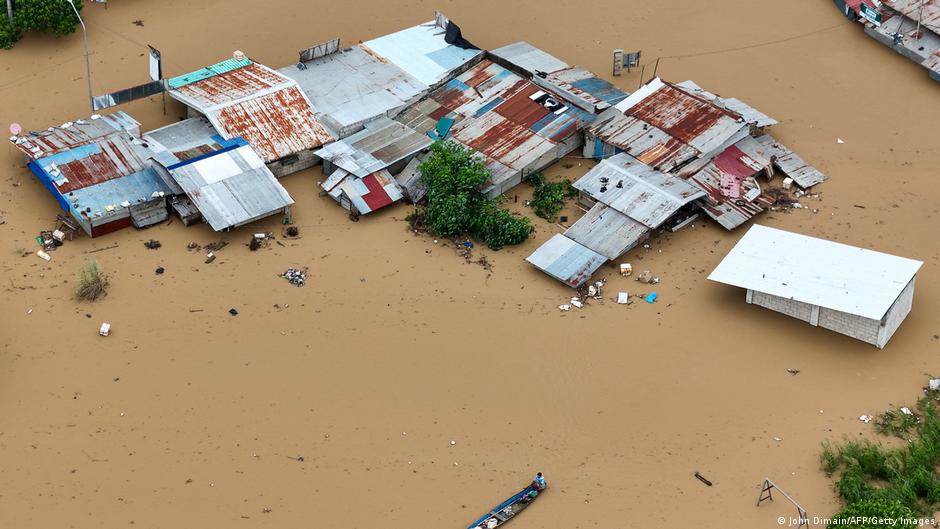Typhoon Fung-Wong ravaged the Philippines on Monday with floods and landslides, killing at least five people and displacing about 1.4 million.
The typhoon struck the north of the archipelago, making landfall as a super typhoon off the coast of Aurora province on the main island of Luzon, with sustained winds of 185 kilometers per hour and gusts of up to 230 kilometers per hour.
Entire villages were submerged and dozens of towns remained without electricity on Monday. On Monday, schools and government offices were closed across the main island of Luzon, with closures expected again on Tuesday. This also includes the capital Manila.
The massive typhoon – the biggest threat to the Philippines so far this year – was 1,800 kilometers (about 1,100 miles) wide.
It erupted when the central Philippines was still dealing with heavy damage from Typhoon Kalamegi, which killed at least 224 people.
Officials warned that although the storm has passed, heavy rains are still a threat in some areas.
Typhoon heading towards Taiwan
More than 1.4 million people were displaced into emergency shelters or relatives’ homes before Fung-Wong made landfall, with more than 300,000 still living in evacuation centers on Monday.
According to forecasts, a weak Fung-Wong will next hit Taiwan, with impacts expected to hit the populated west coast. However, the heaviest rainfall is expected on the mountainous east coast.
As of Monday, the storm’s winds were measured between 130 kilometers per hour and 160 kilometers per hour (80 mph to 100 mph).
Taiwan weather forecaster Stan Chang told the French AFP news agency that more than 350 millimeters (14 inches) of rain was expected across the region in a 24-hour period.
Government officials said about 5,000 people would be evacuated from three townships in the eastern county of Hualien.
Edited by: Wesley Rahn






Leave a Reply